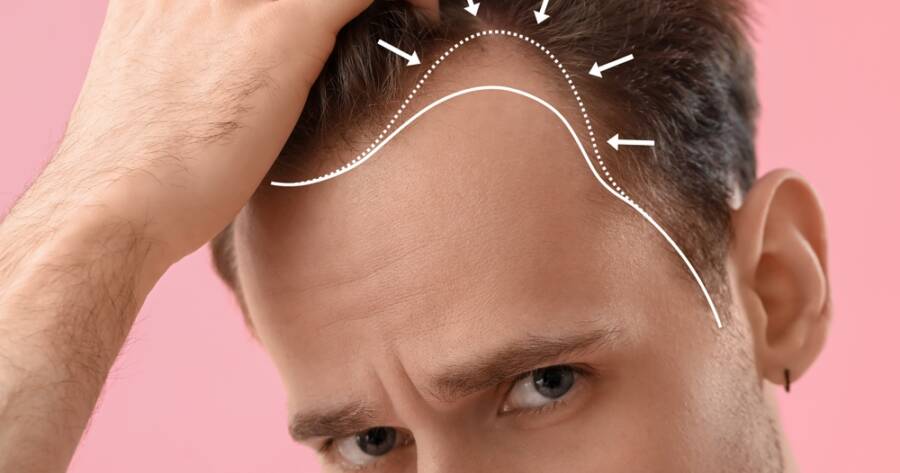Are you struggling with hair loss and feeling self-conscious about your appearance? You’re not alone—many people experience thinning or balding hair, which can affect confidence and self-esteem. Hair transplants can be a great solution to restore your natural look, offering long-lasting results that boost your confidence. However, it’s important to understand your options before moving forward. With different techniques available, such as FUE, FUT, and DHI, it’s essential to explore which method best fits your needs and goals.
What Are Hair Transplants and How Do They Work?
Hair transplants are surgical procedures designed to restore hair to areas of the scalp affected by thinning or balding. During the procedure, hair follicles are harvested from a donor area (typically the back or sides of the head) and implanted into areas with thinning or no hair.
There are several techniques for hair transplantation, including FUE, FUT, and DHI. Each method involves transferring hair follicles in a way that ensures the new hair grows naturally.
After the transplant, patients typically experience hair regrowth in 3 to 6 months, with results becoming fully visible within 12 months. The procedure is minimally invasive, and while it involves a recovery period, many people find it to be a life-changing solution to hair loss.
Popular Types of Hair Transplants: FUE, FUT, and DHI
There are three main types of hair transplant techniques: FUE (follicular unit extraction), FUT (follicular unit transplantation), and DHI (direct hair implantation). FUE is the most popular, where individual hair follicles are extracted from a donor area and implanted into the thinning regions. It’s minimally invasive and leaves no linear scar.
FUT, on the other hand, involves removing a strip of scalp tissue to harvest follicles, which is then re-implanted. FUT may leave a linear scar but can be more cost-effective for larger transplant areas. DHI is similar to FUE but uses a specialized tool to implant the hair follicles directly into the scalp, offering more precision and quicker healing. Each technique has its advantages, and the choice depends on the patient’s specific needs and preferences.
Who Are Good Candidates for Hair Transplants?
Good candidates for hair transplants are individuals who have stable hair loss, meaning their hair loss pattern has stabilized over time. Ideal candidates typically have healthy donor hair on the back or sides of their scalp, which can be used for the transplant. Those with significant hair thinning or bald patches are often the best candidates for hair restoration.
Age also plays a role, with individuals between 27 and 40 years old being most suitable for the procedure. Additionally, good overall health is essential, as patients should be able to heal properly post-surgery. People with medical conditions like alopecia areata or severe scarring may not be ideal candidates, as these conditions can impact the success of the transplant.
What to Expect Before, During, and After a Hair Transplant
Before a hair transplant, you’ll have a consultation with a specialist who will assess your hair loss pattern and overall health. This is when the best technique for your needs will be recommended. On the day of the procedure, local anesthesia is administered to numb the scalp, making the process pain-free.
The surgery typically lasts between 4 to 8 hours, depending on the size of the transplant. After the procedure, there is a recovery period that may include some swelling, redness, and mild discomfort.
Most patients can return to normal activities within a few days, although it’s important to avoid strenuous activities. Full hair regrowth usually takes 6 to 12 months, with permanent, natural-looking results that boost confidence and self-esteem.
Restoring Confidence with the Right Hair Transplant Option
Choosing to undergo a hair transplant is a significant step towards regaining your confidence and enhancing your appearance. By understanding the different methods available, such as FUE, FUT, and DHI, you can make an informed decision about the best approach for your specific needs.
Remember, finding a qualified and experienced specialist is crucial for a successful outcome. With the right treatment, you can achieve natural-looking results and feel more comfortable in your own skin, giving you the confidence to embrace every moment.

